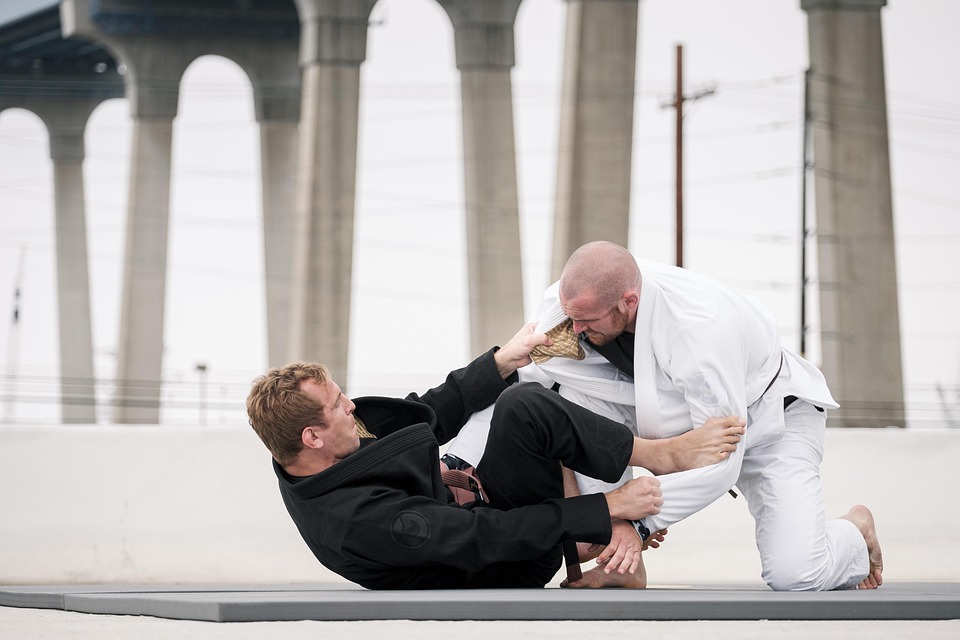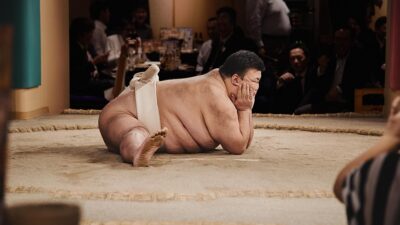Mixed Martial Arts (MMA) has transformed the landscape of combat sports, growing from a niche spectacle into a globally celebrated athletic discipline. At the heart of this transformation is the evolution of combat techniques, where fighters have blended various martial arts to create a unique and effective fighting style suited for the cage. This article explores the journey, key developments, and significant techniques that have shaped MMA into the dynamic sport it is today.
The Origins: From No Holds Barred to Regulated Sport
The roots of MMA can be traced back to ancient forms of combat, such as Greek Pankration and Brazilian Vale Tudo, both of which emphasized the effectiveness of different martial arts. However, modern MMA gained prominence in the early 1990s with the inception of the Ultimate Fighting Championship (UFC), which pitted various martial arts practitioners against each other to determine the most effective fighting style. Initially, Brazilian Jiu-Jitsu (BJJ) dominated the scene, showcased by fighters like Royce Gracie. This period emphasized grappling and submission techniques, allowing fighters to control and submit opponents with technique over brute strength.
The Rise of the Hybrid Fighter
As the popularity of MMA grew, so did the necessity for fighters to diversify their skills. The early success of grapplers sparked an evolution where strikers, wrestlers, and other martial artists began to train in multiple disciplines. Thus, the hybrid fighter emerged—a practitioner with proficiency in various techniques from striking arts like Muay Thai and boxing, along with grappling arts such as wrestling and BJJ.
Striking Techniques
-
Muay Thai Elbows and Knees: As fighters recognized the power of close-range striking, techniques from Muay Thai became integral. Elbows and knees were adapted for clinches, allowing fighters to generate power in short distances and causing significant damage.
-
Boxing Combinations: Boxers like Conor McGregor have demonstrated the effectiveness of boxing within MMA. The ability to set up combinations and utilize footwork has become crucial in maintaining distance and effectively countering opponents.
- Kickboxing and Taekwondo Kicks: The incorporation of diverse kicking techniques from various striking disciplines has added an unpredictable dimension. Roundhouse kicks, spinning back kicks, and side kicks are now common sights in the cage.
Grappling Techniques
-
Wrestling Takedowns: The inclusion of collegiate or freestyle wrestling techniques has transformed the ground game. Wrestlers bring a high level of control and dictate the position of the fight, often using takedown defense to keep the fight standing or to secure advantageous positions.
-
Submission Techniques: While BJJ remains the primary discipline for submissions, fighters have expanded their knowledge to include leg locks, guillotines, and other unconventional submissions. This versatility keeps opponents on guard and prevents complacency in grappling exchanges.
- Ground and Pound: The tactical application of strikes while in a dominant position on the ground—often known as "ground and pound"—evolved as fighters learned to balance offensive strikes with positional control.
Evolution of Training Methods
The evolution of MMA techniques parallels advancements in training methods. Today, fighters utilize state-of-the-art facilities that offer comprehensive training regimens, including strength and conditioning, nutritional programs, and sports psychology. Specialized coaches for various disciplines have emerged, allowing fighters to refine each aspect of their game.
Integrative Training
MMA fighters now engage in integrative training that emphasizes fluid transitions between striking and grappling. Techniques such as clinch work, where a fighter could seamlessly transition from striking to takedowns, become crucial in modern combat.
The Influence of Technology
Technological advancements have also played a role in the evolution of MMA. Analyzing fight footage to study techniques, reviewing opponent tendencies, and utilizing virtual reality for training have redefined preparation for fights. Techniques are now not just about physicality; they incorporate a strategic element supported by data analysis.
Conclusion: A Continuously Evolving Sport
MMA is not static; it continues to evolve. Every fighter brings a unique style influenced by cultural backgrounds, personal experiences, and training methods. As the sport grows, so will the techniques utilized inside the cage, with new strategies emerging from the blend of traditional martial arts, innovative training, and technological advancements.
In conclusion, the evolution of MMA combat techniques reflects a dynamic approach to fighting—a testament to human adaptability, creativity, and the relentless quest for competitive excellence. As fans and practitioners alike look to the future, the only certainty is that the cage will continue to be a place for the unexpected, where boundaries are pushed, and new legends are forged through the art of combat.



